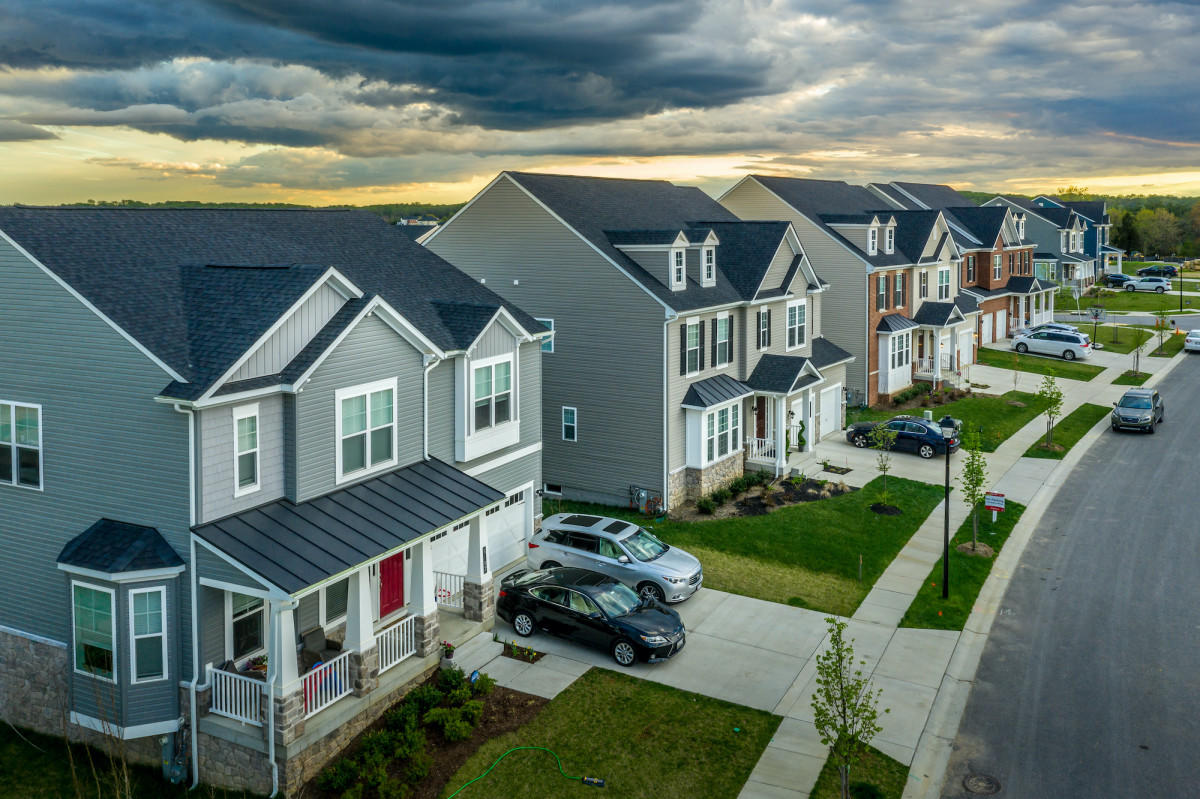High Rates and Prices are Pushing Home Buyers Out of These 10 Cities
We’ve all heard stories of couples who, despite earning over $150,000 each, moved to Austin or Santa Fe after not being able to find a home anywhere in the San Francisco Bay Area.
This trend reached a head after the COVID-19 pandemic allowed many who otherwise wouldn’t have that opportunity to work from home and therefore anywhere. As a result, the big-city lifestyle, the sky-high rents and lack of apartment space became more and more difficult to justify.
So Which Cities Are Homebuyers Leaving?
Last month, real estate listings platform Redfin reported that 32.6% of its users were looking to move from one city to another in the second quarter of 2022. And the cities that buyers were looking to leave in the greatest numbers were San Francisco and Los Angeles.


